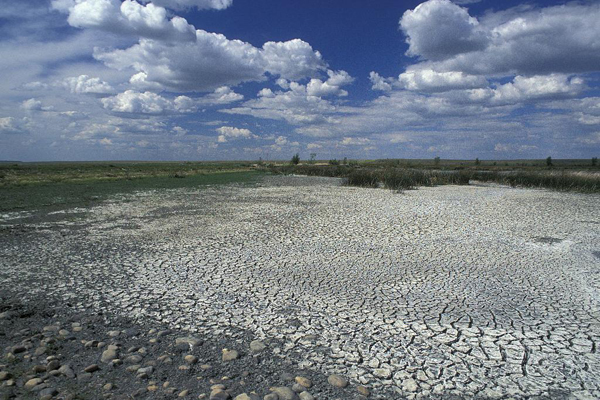Since 1980 the United States has experienced more than 24 major droughts, resulting in almost 3,000 deaths and economic impacts exceeding $225 billion. All areas of the U.S. have some drought risk.
Basics
Drought is a water shortage caused by abnormally dry weather. Drought is relative to normal conditions, so weather conditions that create severe drought in a state like Georgia may be normal for an arid state such as Arizona. All regions of the United States have some drought risk. The impact of a drought depends not only on the severity of dry weather but also on local water use and supply. To identify and forecast drought, scientists and managers must monitor not only precipitation but also water demand and available water resources. These resources may be found in reservoirs, in rivers, in the soil, and underground as groundwater. Read more










